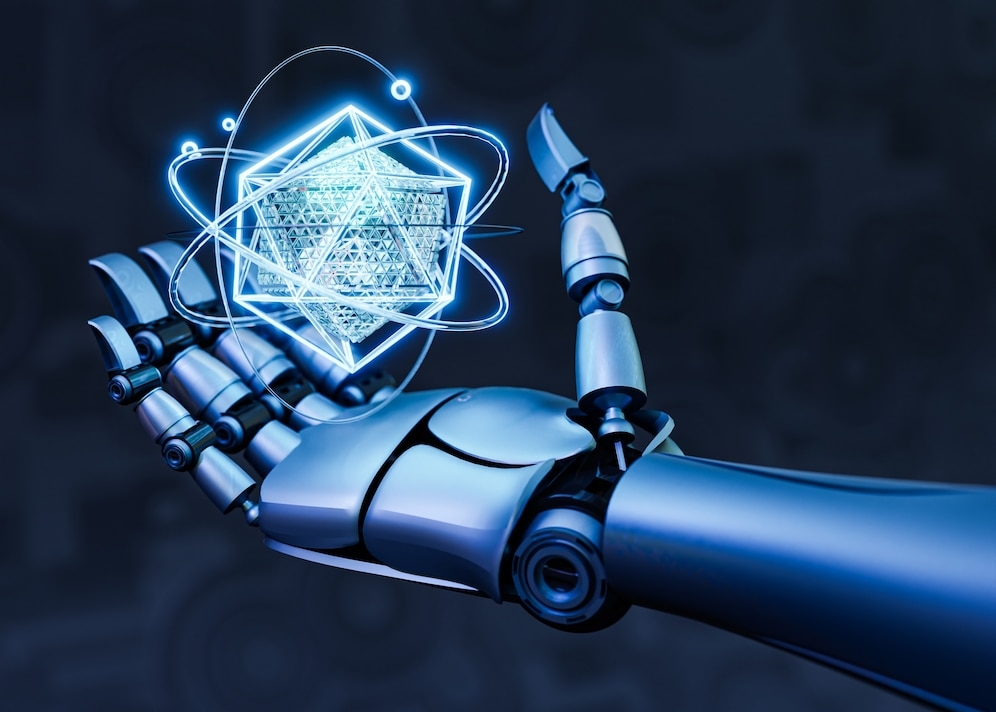We reach more than 65,000 registered users in Dec!! Register Now

Artificial intelligence designs advanced materials
- August 17, 2023
- 9 Views
- 0 Likes
- 0 Comment
A new machine learning model enhances predictive accuracy in corrosion-resistant alloy design
In a world where annual economic losses from corrosion surpass 2.5 trillion US Dollars, the quest for corrosion-resistant alloys and protective coatings is unbroken. Artificial intelligence (AI) is playing an increasingly pivotal role in designing new alloys. Yet, the predictive power of AI models in foreseeing corrosion behaviour and suggesting optimal alloy formulas has remained elusive. Scientists of the Max-Planck-Institut für Eisenforschung have now developed a machine learning model that enhances the predictive accuracy by up to 15 percent compared to existing frameworks.
The model developed by the team of the Max Planck Institute for Eisenforschung uncovers new, but realistic corrosion-resistant alloy compositions. Its distinct power arises from fusing both numerical and textual data. Initially developed for the critical realm of resisting pitting corrosion in high-strength alloys, this model's versatility can be extended to all alloy properties. The researchers published their latest results in the journal Science Advances.
Merging texts and numbers

© Image taken from Science Advances, DOI: 10.1126/sciadv.adg7992
Pushing boundaries: automated data mining and image processing
In the recently devised framework, Sasidhar and his team harnessed manually gathered data as textual descriptors. Presently, their objective lies in automating the process of data mining and seamlessly integrating it into the existing framework. The incorporation of microscopy images marks another milestone, envisioning the next generation of AI frameworks that converge textual, numerical, and image-based data.List of Referenes
- Kasturi Narasimha Sasidhar, Nima Hamidi Siboni, Jaber Rezaei Mianroodi, Michael Rohwerder, Jörg Neugebauer, Dierk Raabe. Enhancing corrosion-resistant alloy design through natural language processing and deep learning. Science Advances, 2023; 9 (32) DOI: 10.1126/sciadv.adg7992
Cite This Article as
No tags found for this post









